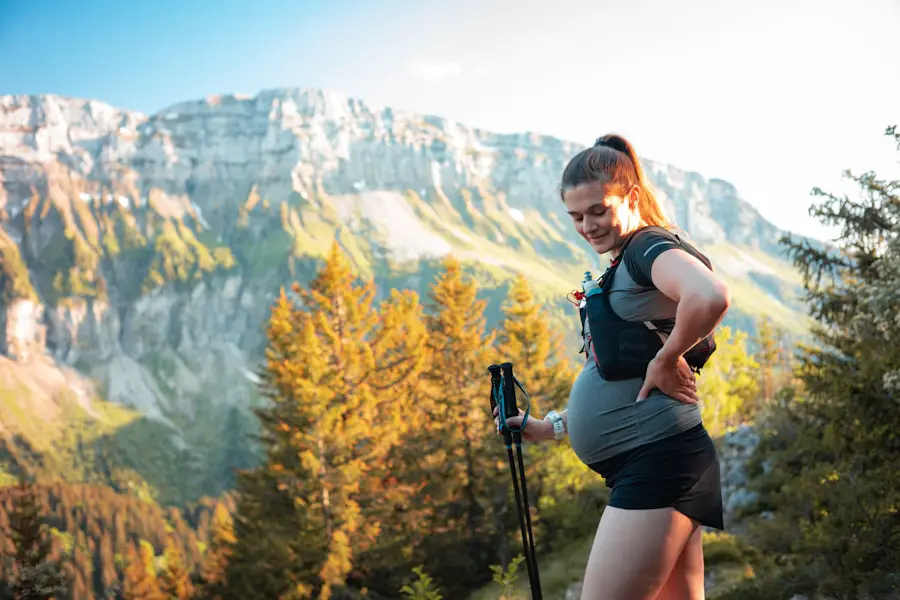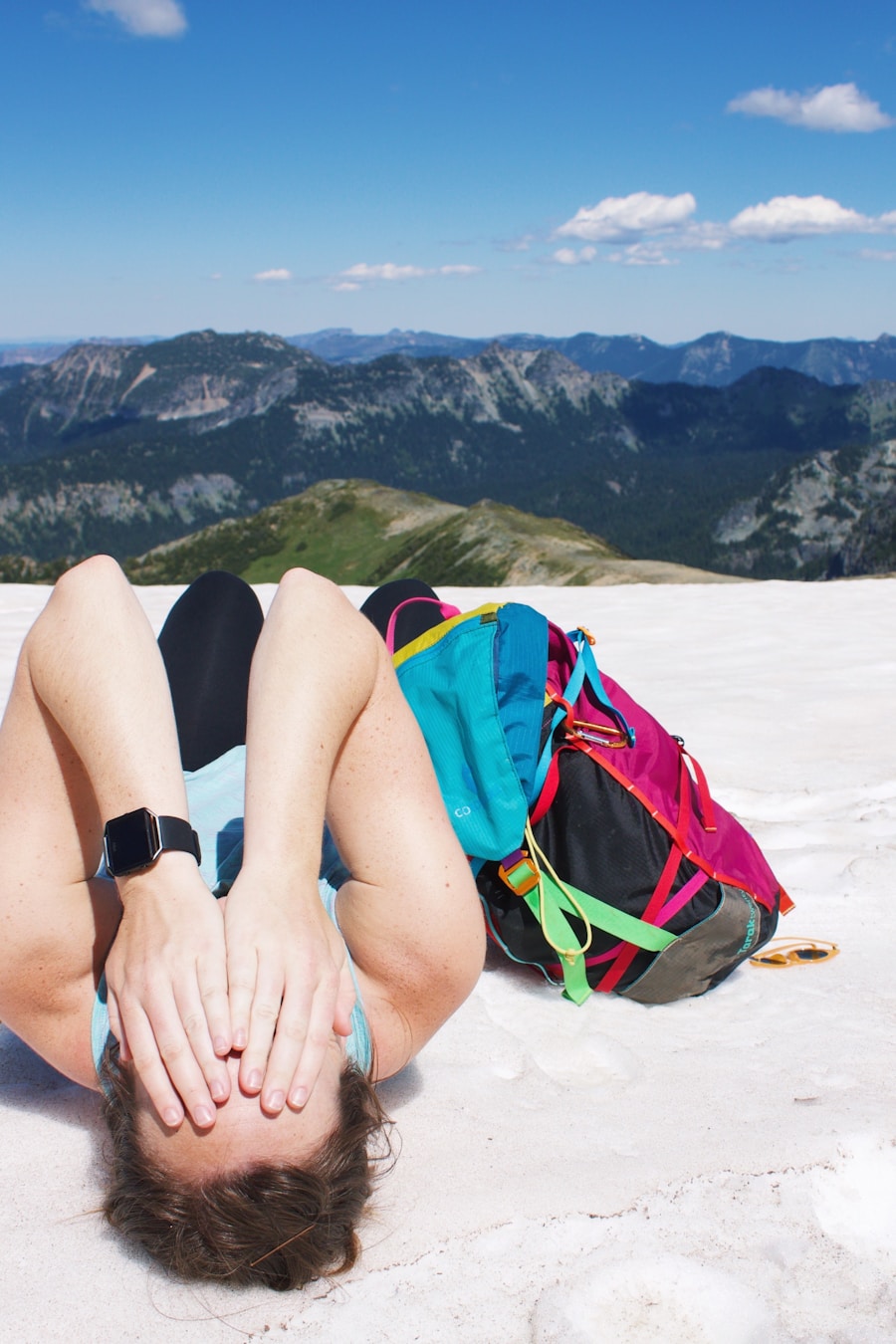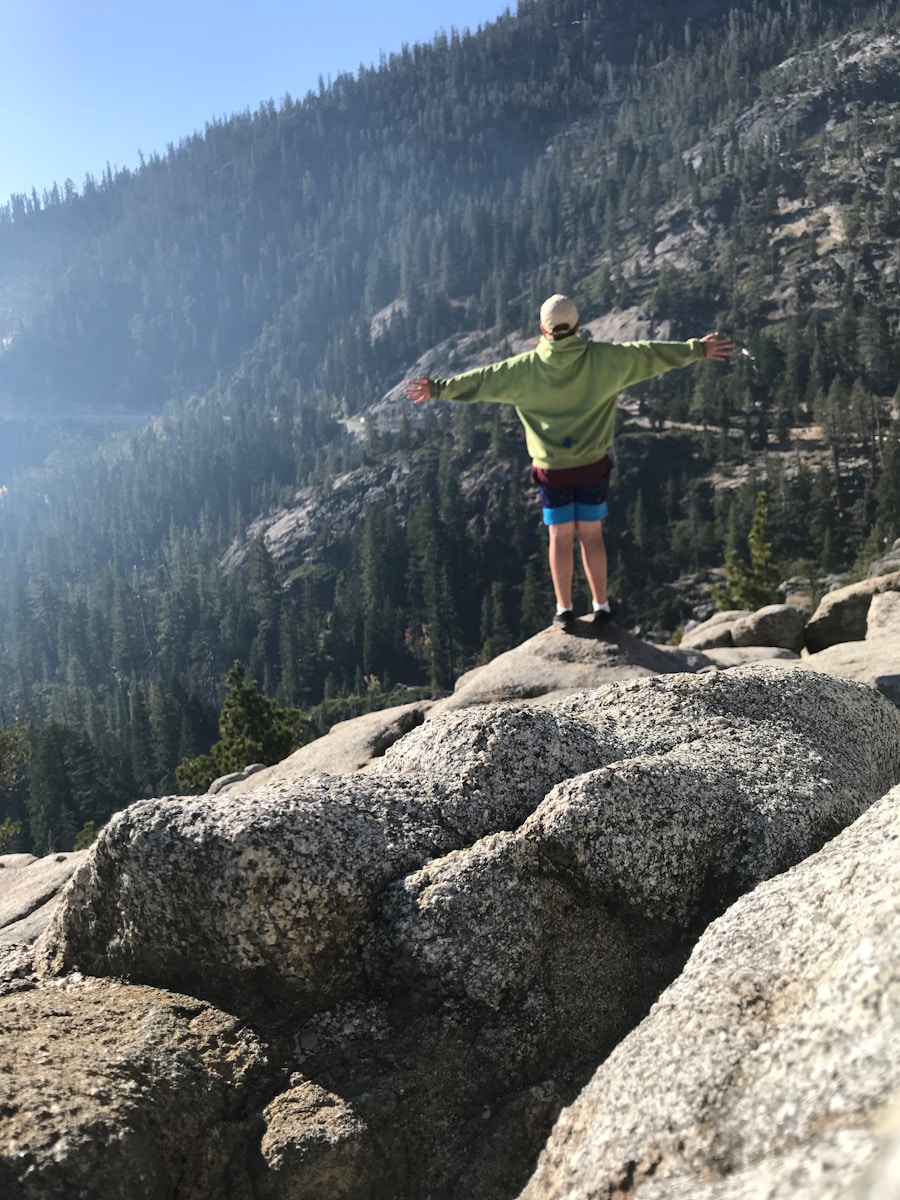Physical conditioning is the cornerstone of any successful outdoor adventure, particularly in activities such as hiking, climbing, or long-distance trekking. The body’s ability to endure the rigors of these activities is directly linked to its physical preparedness. Engaging in a structured conditioning program enhances cardiovascular fitness, muscular strength, and flexibility, all of which are essential for navigating challenging terrains.
For instance, a hiker who has invested time in building their aerobic capacity will find it easier to tackle steep inclines and long distances without succumbing to fatigue. This not only improves performance but also significantly reduces the risk of injury. Moreover, physical conditioning fosters resilience.
When the body is accustomed to physical exertion, it can better handle the stresses of outdoor activities. This resilience is not merely about enduring discomfort; it also encompasses the ability to recover quickly from fatigue and maintain a positive attitude in the face of challenges. For example, a climber who has trained rigorously will likely experience less muscle soreness and fatigue during and after their ascent compared to someone who has not prioritized their physical fitness.
Thus, conditioning is not just about preparing for a specific event; it is about cultivating a lifestyle that embraces physical activity and promotes overall well-being.
Key Takeaways
- Physical conditioning is crucial for preparing the body for the physical demands of hiking and trekking.
- Proper gear and equipment are essential for ensuring safety and comfort during outdoor activities.
- Understanding altitude and terrain is important for planning and executing a successful hike or trek.
- Nutrition and hydration play a key role in maintaining energy levels and preventing dehydration during outdoor activities.
- Safety precautions such as carrying a first aid kit and informing others of your hiking plans are important for minimizing risks during outdoor adventures.
Proper Gear and Equipment
The right gear and equipment can make or break an outdoor experience. Investing in high-quality, appropriate gear tailored to the specific activity is crucial for both safety and performance. For instance, when hiking in rugged terrain, sturdy footwear with good ankle support and traction is essential.
A well-fitted pair of hiking boots can prevent blisters and provide stability on uneven surfaces, allowing hikers to focus on their surroundings rather than their discomfort. Additionally, clothing made from moisture-wicking materials can help regulate body temperature and keep the wearer dry, which is vital for maintaining energy levels during strenuous activities. Beyond footwear and clothing, other equipment plays a significant role in ensuring a successful outing.
For example, a reliable backpack that distributes weight evenly can alleviate strain on the back and shoulders, making it easier to carry essential supplies such as food, water, and first-aid kits. Furthermore, tools like trekking poles can enhance balance and reduce impact on joints during descents. The importance of proper gear extends to safety equipment as well; items such as helmets for climbing or personal flotation devices for water activities are non-negotiable for minimizing risks associated with outdoor adventures.
Understanding Altitude and Terrain

Altitude and terrain are critical factors that can significantly influence an outdoor experience. As elevation increases, the air becomes thinner, leading to decreased oxygen levels that can affect physical performance and overall well-being. This phenomenon is particularly relevant for those engaging in high-altitude activities such as mountaineering or trekking in mountainous regions.
Understanding the symptoms of altitude sickness—such as headaches, nausea, and dizziness—is essential for anyone venturing into elevated areas. Acclimatization strategies, such as ascending gradually and allowing time for the body to adjust, can mitigate these risks. Terrain also presents unique challenges that require careful consideration and preparation.
Different types of landscapes—ranging from rocky paths to muddy trails—demand varying skills and techniques. For instance, navigating a rocky ascent may require climbers to employ specific foot placements and handholds, while traversing a muddy trail may necessitate a different approach altogether to maintain traction. Familiarity with the terrain not only enhances safety but also allows adventurers to plan their routes effectively, ensuring they are equipped with the necessary skills and gear to tackle the challenges ahead.
Nutrition and Hydration
| Metrics | Data |
|---|---|
| Water intake recommendation | 8 glasses (64 ounces) per day for adults |
| Recommended daily calorie intake | Average of 2,000 calories for adult women and 2,500 for adult men |
| Recommended daily intake of fruits and vegetables | At least 5 servings per day |
| Recommended daily intake of protein | Average of 46 grams for adult women and 56 grams for adult men |
| Recommended daily intake of fiber | 25 grams for adult women and 38 grams for adult men |
Nutrition and hydration are fundamental components of outdoor preparedness that directly impact performance and safety. The body requires adequate fuel to sustain energy levels during prolonged physical activity. Consuming a balanced diet rich in carbohydrates, proteins, and healthy fats is essential for providing the necessary energy reserves.
For example, complex carbohydrates found in whole grains and fruits offer sustained energy release, while proteins aid in muscle recovery post-activity. Planning meals that are both nutritious and lightweight is crucial for those embarking on multi-day treks where carrying excess weight can be burdensome. Hydration is equally important; even mild dehydration can lead to decreased performance and increased risk of heat-related illnesses.
It is vital to drink water regularly throughout an outdoor activity rather than waiting until thirst sets in. Carrying a hydration system or water bottles that are easily accessible can encourage consistent fluid intake. Additionally, understanding the signs of dehydration—such as dark urine or dizziness—can help adventurers take proactive measures before serious complications arise.
In environments where water sources may be scarce or contaminated, having water purification methods on hand becomes essential for maintaining hydration without compromising safety.
Safety Precautions
Safety precautions are paramount when engaging in outdoor activities, as they can mean the difference between a successful adventure and a potentially dangerous situation. One of the most critical aspects of safety is thorough planning and preparation before setting out on any expedition. This includes researching the area’s weather conditions, understanding potential hazards such as wildlife encounters or unstable terrain, and informing someone about your itinerary.
Carrying a well-stocked first-aid kit tailored to the specific activity can also provide peace of mind in case of minor injuries or emergencies. In addition to preparation, practicing situational awareness while on the trail is vital for ensuring safety. This involves being attuned to one’s surroundings and recognizing changes in weather patterns or trail conditions that may pose risks.
For instance, sudden changes in weather can lead to hazardous conditions such as flash floods or lightning storms; being able to identify these signs early allows adventurers to make informed decisions about their safety. Furthermore, understanding how to navigate using maps or GPS devices can prevent individuals from getting lost in unfamiliar territory, thereby reducing anxiety and enhancing overall enjoyment of the experience.
Building Endurance and Strength

Building endurance and strength is essential for anyone looking to excel in outdoor activities that demand physical exertion over extended periods. Endurance training typically involves aerobic exercises that increase cardiovascular capacity, allowing individuals to sustain activity for longer durations without fatigue. Activities such as running, cycling, or swimming can effectively enhance endurance levels.
Incorporating interval training—alternating between high-intensity bursts and lower-intensity recovery periods—can further improve stamina by challenging the body’s ability to adapt to varying levels of exertion. Strength training complements endurance work by developing the muscles necessary for tackling challenging terrains and carrying heavy loads. Exercises targeting major muscle groups—such as squats for leg strength or core exercises for stability—are particularly beneficial for outdoor enthusiasts.
Resistance training using weights or bodyweight exercises can enhance overall strength while also improving balance and coordination. For example, a strong core is crucial for maintaining stability while navigating rocky paths or steep inclines. By integrating both endurance and strength training into their routines, adventurers can prepare their bodies for the demands of outdoor activities more effectively.
Mental Preparation and Mindset
Mental preparation is often overlooked yet plays a crucial role in outdoor adventures. The psychological aspect of engaging in physically demanding activities can significantly influence performance and enjoyment levels. Developing a positive mindset helps individuals overcome challenges encountered during their excursions.
Techniques such as visualization—imagining oneself successfully completing a hike or climb—can enhance confidence and reduce anxiety about potential obstacles. Additionally, setting realistic goals allows adventurers to focus on incremental achievements rather than overwhelming themselves with the entirety of the journey. Resilience is another key component of mental preparation; cultivating the ability to adapt to unforeseen circumstances can make a significant difference in how one experiences an outdoor adventure.
For instance, encountering inclement weather or unexpected trail closures can be disheartening; however, maintaining a flexible attitude enables individuals to pivot their plans without losing motivation or enthusiasm. Practicing mindfulness techniques—such as deep breathing or meditation—can also help manage stress levels during challenging moments on the trail, allowing adventurers to remain present and engaged with their surroundings.
Training Programs and Resources
Accessing effective training programs and resources is vital for anyone looking to enhance their outdoor skills and physical conditioning. Numerous organizations offer structured training programs tailored to specific activities such as hiking, climbing, or trail running. These programs often include expert guidance on technique, safety protocols, and conditioning strategies designed to prepare participants for their chosen pursuits.
For example, many climbing gyms provide classes that teach essential skills such as belaying techniques or route navigation while also offering opportunities for physical training. In addition to formal programs, online resources have proliferated in recent years, providing valuable information on training regimens, nutrition tips, gear reviews, and safety guidelines. Websites dedicated to outdoor activities often feature forums where enthusiasts can share experiences and advice with one another.
Social media platforms also serve as excellent venues for connecting with like-minded individuals who share similar interests in outdoor pursuits; these connections can lead to group training sessions or shared adventures that enhance learning opportunities. By leveraging these resources effectively, aspiring adventurers can equip themselves with the knowledge and skills necessary for successful outdoor experiences.
If you’re planning on hiking mountains, it’s important to be prepared not only physically but also in terms of gear. One essential item to consider is a reliable power bank for keeping your devices charged during your trek. Check out this article on the best power bank for international travel to ensure you stay connected while exploring the great outdoors.
Love travel? Join Our Facebook Community For More Tips.
FAQs
What are the benefits of training for hiking mountains?
Training for hiking mountains can improve your cardiovascular fitness, build strength in your legs and core, and increase your endurance. It can also help prevent injuries and make the hiking experience more enjoyable.
How often should I train for hiking mountains?
It is recommended to train for hiking mountains at least 3-4 times a week, with a combination of cardiovascular exercise, strength training, and hiking-specific workouts.
What are some cardiovascular exercises that can help with training for hiking mountains?
Cardiovascular exercises such as running, cycling, swimming, and using the stair climber can help improve your endurance and prepare you for the cardiovascular demands of hiking mountains.
What are some strength training exercises that can help with training for hiking mountains?
Strength training exercises such as squats, lunges, deadlifts, and calf raises can help build strength in your legs and core, which are essential for hiking mountains.
Are there any specific hiking workouts I should incorporate into my training?
Incorporating uphill hiking, stair climbing, and carrying a weighted backpack into your training can help simulate the demands of hiking mountains and prepare your body for the inclines and uneven terrain.
How can I prevent injuries while training for hiking mountains?
To prevent injuries while training for hiking mountains, it is important to gradually increase the intensity and duration of your workouts, wear proper footwear, and listen to your body for any signs of overexertion or pain. Stretching and foam rolling can also help prevent muscle soreness and tightness.
